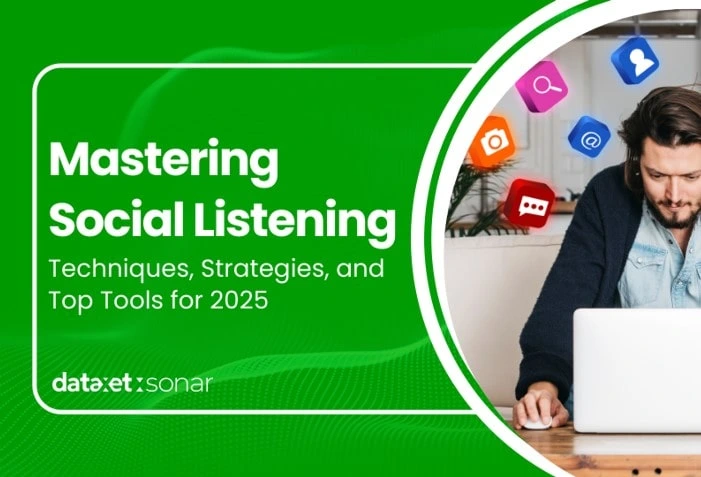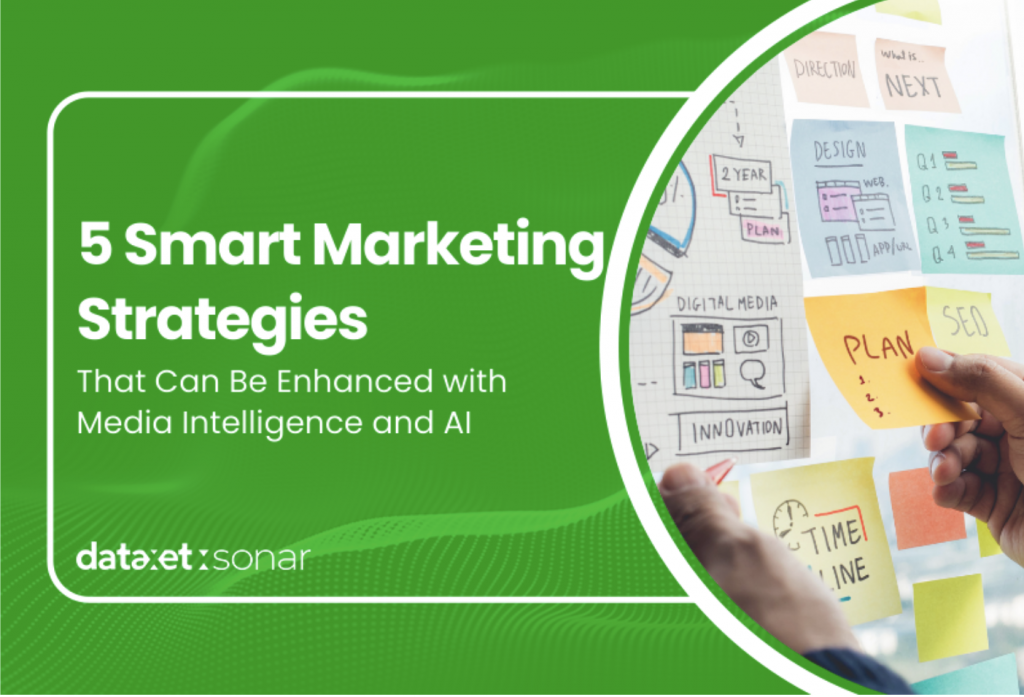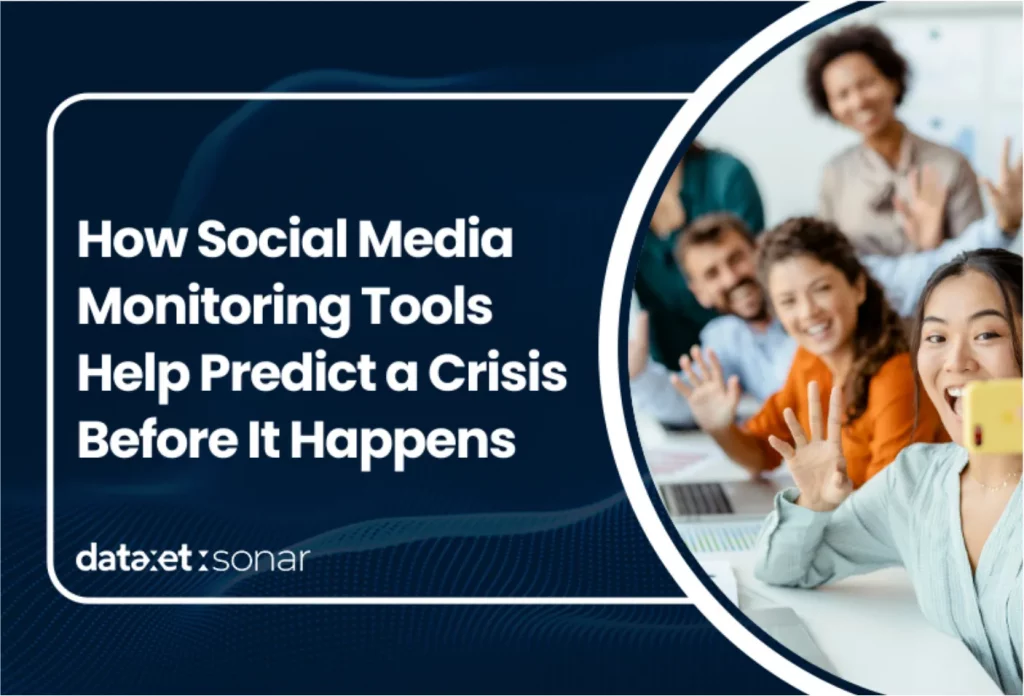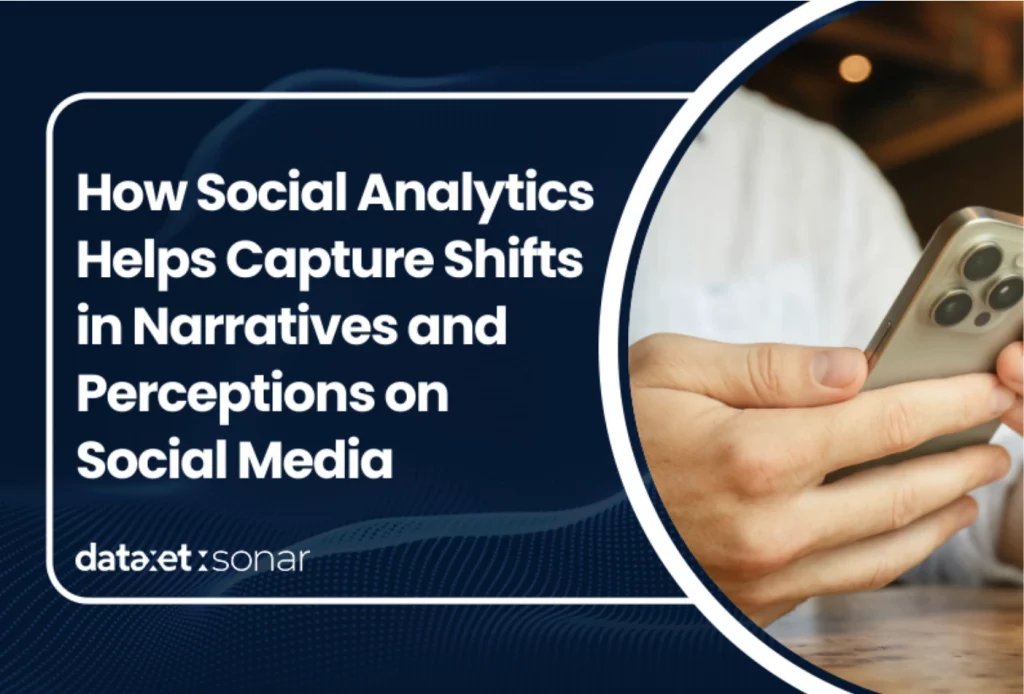Table of Contents
Previously, we explored Social Listening – a process of monitoring digital conversations and collecting data from various social media platforms to understand trends, sentiments, and public opinions regarding brands, products, or industries. Unlike social monitoring, which focuses on tracking mentions and keywords, social listening goes further by analyzing that data to produce strategic insights.
Social listening has evolved significantly, especially with advancements in technologies like machine learning and big data analytics. Initially, social listening served as a basic tracking tool, but it has now become an analytical asset that helps companies understand market needs and respond to changes more quickly.
Social Listening Techniques: Methods and Approaches

1. Data Collection Techniques
Social listening begins with data collection from social media. Common techniques include:
- Keyword Tracking: Monitoring relevant keywords related to the brand or industry.
- Hashtag Tracking: Observing popular hashtags to identify the latest trends.
- Sentiment Analysis: Assessing whether public sentiment toward the brand is positive, negative, or neutral.
2. Analysis Methods
Once data is collected, the next stage is analysis. Commonly used techniques include:
- Text Analysis: Filtering text to uncover main topics and keywords.
- Sentiment Analysis: Using AI to detect emotions or sentiments within conversations.
- Machine Learning: Employing algorithms to recognize data patterns and predict trends.
Social Listening Implementation Strategies for Various Industries

Social listening can be implemented across various industries with tailored approaches. Here are some examples of its application:
- Retail: Retail companies use social listening to understand customer opinions on new products and adjust inventory based on market demand.
- Healthcare: In the healthcare industry, social listening helps pharmaceutical companies identify patient complaints or preferences regarding their products.
- Technology: Tech companies use social listening to track public sentiment on new features and identify potential improvements.
For different objectives, companies can also apply specific social listening tactics, such as:
- Product Improvement: Using audience feedback to enhance product quality.
- Marketing Campaigns: Assessing public response to ongoing campaigns.
- Customer Service: Detecting and responding to customer issues directly.
The Role of Social Listening in Product and Service Development

Social listening is a valuable asset in product and service development, as it allows companies to hear directly from their customers. With data gathered through social listening, companies can make decisions based on customer needs and desires.
Companies can use insights from social listening to identify features customers want, supporting the product innovation process.
Social listening provides research and development (R&D) teams with information on consumer trends, enabling them to create products that align with market needs.
Integrating Social Listening with Digital Marketing Strategies

Data from social listening is highly valuable for supporting more targeted digital marketing strategies. Here are some effective ways to integrate it:
- Insight-Based Campaigns: Social listening provides accurate data on audience preferences, enabling the creation of campaigns that are more relevant and engaging.
- Combination with Other Digital Tools: Social listening can be integrated with other digital tools such as SEO, PPC, and email marketing to create a comprehensive marketing strategy.
Social Listening and Customer Experience: Enhancing Customer Relationships

Social listening is not only useful for market analysis but also plays a key role in improving customer experience by:
- Increasing Responsiveness: Companies can detect customer issues or complaints more quickly and respond directly, boosting customer satisfaction.
- Creating a Better Customer Experience: Feedback obtained through social listening can be used to refine and enhance the overall customer experience.
Ethics and Compliance in Social Listening

It is essential to consider ethics and privacy in social listening, especially regarding data collection and usage:
- Data Privacy: Ensure that collected data complies with privacy regulations and that audience personal data is securely protected.
- Legal Compliance: Social listening must be conducted in adherence to applicable laws, such as GDPR in Europe and data privacy regulations in other countries.
Best Social Listening Tools for 2025

There are many social listening tools available, making it challenging to select the best one. Here are some popular and effective options:
Dataxet offers comprehensive features, including real-time monitoring, accurate sentiment analysis, and the ability to aggregate data from various social media platforms, news portals, and other media into a single dashboard. This tool is designed to provide companies with a holistic view, enabling them to track and respond to public opinion quickly. Additionally, Dataxet offers customizable reports tailored to business needs, making it an ideal choice for companies that require flexibility and accuracy in social listening. The dedicated support team at Dataxet is also a valuable asset, especially for companies needing assistance with data interpretation and report management.
Brandwatch is a popular tool known for its in-depth conversation analysis and advanced data visualization features. While effective for tracking trends and sentiment on social media, Brandwatch has limitations in integrating data from sources outside social media, which may be a drawback for companies seeking a broader view.
Hootsuite Insights provides data from various platforms with easy-to-understand reports, making it a good choice for small to medium-sized companies. However, compared to Dataxet, Hootsuite Insights lacks depth in analysis and is less flexible in customizing reports to meet specific company needs.
If you’re looking for a social listening solution with extensive features, high flexibility, and full support in data management, Dataxet stands out as the best choice for 2025. Dataxet combines advanced technology with excellent customer service, ensuring your business consistently gains deep and relevant insights from social media and other media data.
Challenges and Solutions in Social Listening

Social listening also presents certain challenges, including:
- High Data Volume: Managing data from various sources can be very time-consuming.
- Accuracy of Analysis: Sentiment analysis may be inaccurate without the right tools.
To address these issues, companies can use social listening tools equipped with AI to enhance accuracy and automate data management. These solutions make it easier to handle large volumes of data and improve the reliability of insights.
The Future of Social Listening: Trends and Predictions

Social listening is set to evolve alongside technological advancements. Some predicted trends include:
- AI and Predictive Analytics: These technologies will be increasingly used to forecast market trends, allowing businesses to anticipate changes in public opinion and consumer behavior.
- Broader Integration: Social listening will become more integrated with other marketing tools, creating a more holistic strategy that combines insights across platforms.
Conclusion: Optimizing Social Listening for Business Success
Social listening is a vital tool for understanding audiences, managing reputation, and crafting effective marketing strategies. By mastering techniques, strategies, and using the right tools, companies can gain a competitive advantage in the market.
If you’re interested in enhancing your social listening strategy, Dataxet offers comprehensive solutions tailored to your business needs. Contact us for more information or to schedule a demo, and discover how social listening can support your business success in 2025 and beyond.






